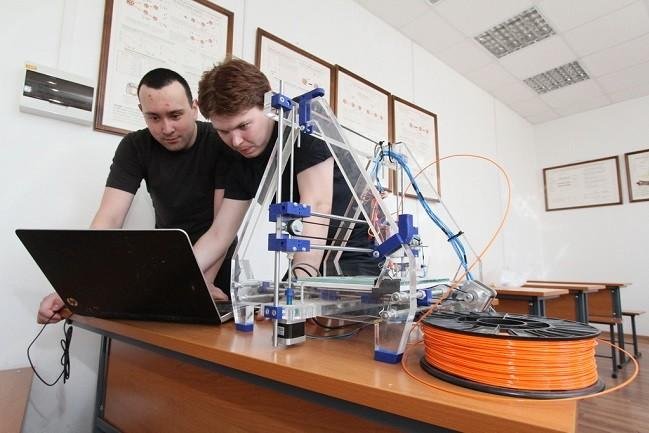TOMSK, Russia, June 22 (UPI) -- The most maneuverable prosthetic arms require the attachment of a traction belt to the owner's shoulder. In addition to being cumbersome, users must contort their body into unnatural positions to trigger certain motions.
Researchers at Tomsk Polytechnic University in Russia are working on a prosthetic arm that learns from the user's brain signals and anticipates expected movements.















